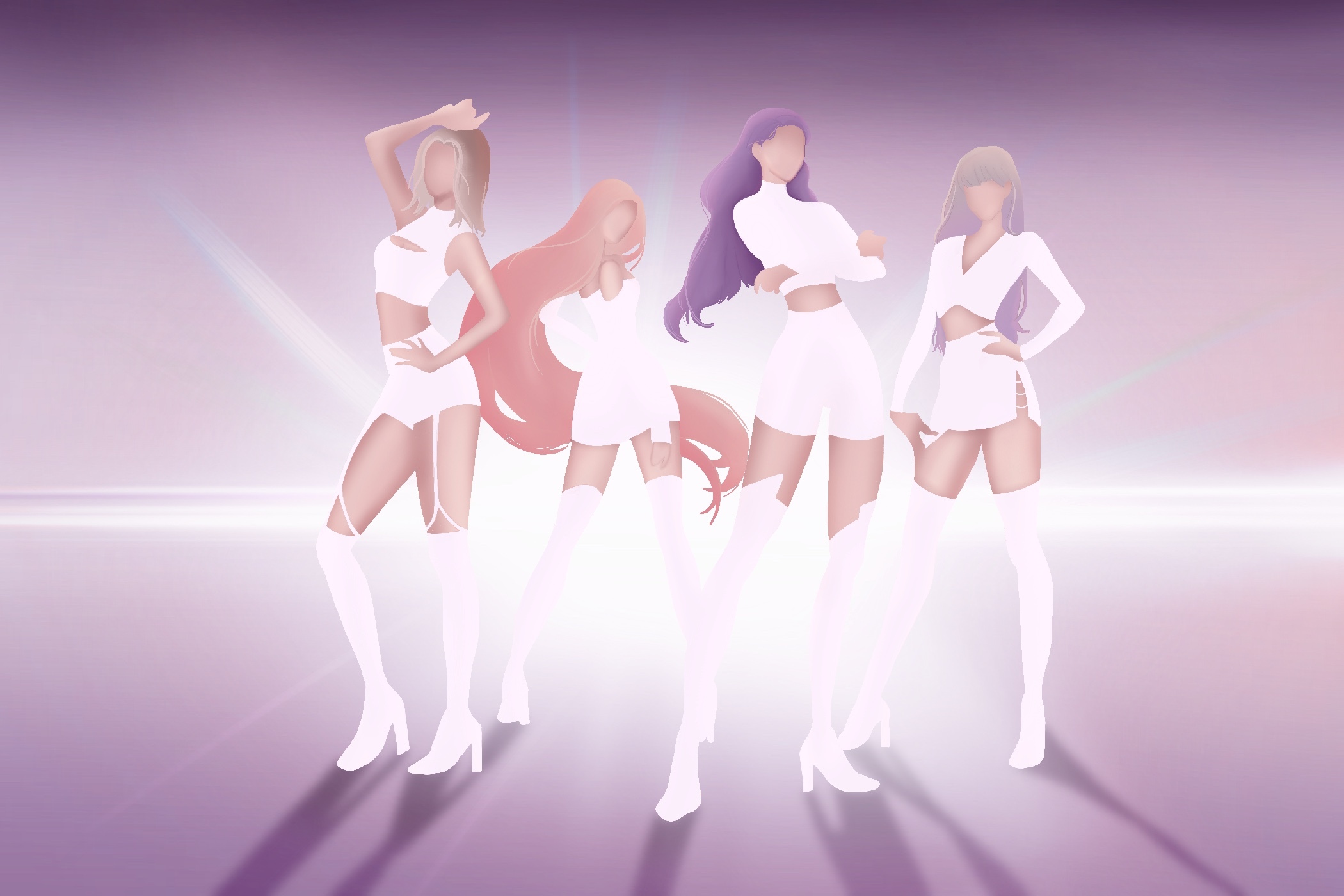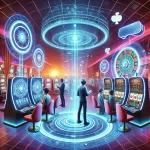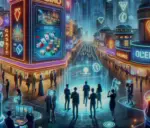With musicians constantly looking for ways to distinguish themselves from one another and fighting their way to the top of the charts, it is no surprise that some artists are taking unorthodox approaches to achieve notoriety. Top South Korean entertainment company SM Entertainment, for example, recently announced the debut of the highly anticipated girl group Aespa, a group that will come with a surprising futuristic twist: Consisting of four girls and their AI counterparts, Aespa is rumored to be a group that bridges the real and virtual world with technology that will make them easily accessed by their fans. Is this the next big move in the music industry, or is this dip into the future a foundation for exploitative parasocial relationships?
SM Entertainment and Aespa
With the nonstop flow of new artists emerging in the music industry, looking for the few who will cement themselves as established artists has become a cutthroat battle. The K-pop industry is no stranger to this competition, and artists are constantly trying new concepts and styles to maintain their spot in the public eye. Multimillion-dollar company SM Entertainment is one of the biggest names in the K-pop industry and has spent decades establishing itself as one of the “Big 3” at the top of the music charts. SM has gained notoriety for their innovative work in creating some of the most unique, sometimes even controversial, trends in the industry — and they are not afraid to take extreme risks when it comes to debuting new artists that will shake up the music world.
After years of following the girls through their training journey, the debut of long-awaited four-piece girl group Aespa was announced in a highly controversial press conference led by company chairman Lee Soo-man. Lee told the press, “Aespa will project a future world centered on celebrities and avatars, and will be born into a group of completely new and innovative concepts that transcend the boundaries between the ‘real world’ and the ‘virtual world.’” In short: Aespa is a group based on the use of AI and VR technology.
The History of Virtual Artists
Despite Aespa’s fresh take on the relationship between music and AI, virtual artists are not foreign to the realm of music. An early example of virtual musicians is seen in the creation of Gorillaz in 1998. Gorillaz is composed of four animated band members voiced by musician Damien Albarn and designed by Jamie Hewitt. AI technology continues to play a part in the music world. In 2019, Yamaha developed VOCALOID:AI, a groundbreaking AI singing synthesis technology that successfully emulated the voice of late Japanese singer Hibari Misora and even produced a new song using her voice. Yamaha’s Vocaloid brand is also famous for the creation of Hatsune Miku, a virtual idol that has gained international fame despite being a hologram.
Furthermore, this isn’t SM’s first foray into creating virtual reality versions of their idols. In 2013, senior girl group Girls Generation held one of the first virtual concerts that featured life-size holograms of the members projected onto a stage. Due to the COVID-19 pandemic, SM partnered with Intel to create Beyond LIVE virtual concerts using VR technology. Aespa’s debut is set to mark the beginning of SM creating a virtual universe dubbed SMCU (SM Culture Universe) as a platform for all of their artists.
The Danger of Parasocial Relationships With Artists
Though the premise of Aespa may initially seem harmless, many fear the illusion of closeness that could act as a gateway to obsessive parasocial relationships. During other discussions, Lee Soo-man has also mentioned a desire to create technology that would allow fans to interact with AI versions of their idols as “friends.”
In a keynote speech for WCIF (World Culture Industry Forum), Lee said, “AI technology will enable customized avatars to fit into people’s lives and people will co-exist with their avatars by living together.” This idea could prove very dangerous because if enacted, this change will remove the protective boundaries between idol and fan. It markets the idea that your favorite member is “your own” or a “friend” when that couldn’t be further from the truth. A bond with an AI version of a real person warps an already strenuous dynamic between celebrities and super-fans. Breaking that barrier is dangerous, especially if the technology falls into the hands of an obsessive fan.
Aespa and the Danger of Objectification and Oversexualization
Another grievance many have taken with Aespa’s direction is the design of the avatars. In images of the girls alongside their virtual counterparts, it is clear that the avatars don more provocative outfits along with very unrealistic bodies. Due to this drastic difference, fans worry that this concept will lead to both unfair comparisons and objectification.
Be MY ae! Chilling all together💗 #KARINA #카리나 #æ_KARINA #아이_카리나#GISELLE #지젤 #æ_GISELLE #아이_지젤#WINTER #윈터 #æ_WINTER #아이_윈터#NINGNING #닝닝 #æ_NINGNING #아이_닝닝#aespa #æspa #에스파 pic.twitter.com/p44e7crxfe
— aespa (@aespa_official) November 12, 2020
Young women in the music industry already face an intense amount of scrutiny when it comes to their bodies, evident when you look at examples of the media discussing the body image of young female celebrities. Aespa is a special case because the girls will have to face unfair criticism when compared to their avatar; the AI can flawlessly execute their performances, which will subsequently take away from the integrity of the real girls’ performances. The concept unintentionally creates the idea that the members are interchangeable with an AI copy; this devalues the dedication that went into the girls’ training that allowed them into the group. Fans should not compare computer-generated programs to real young women who spent years training and working for their artistic accomplishments.
Lastly, many feel the nature of this concept could make the girls more vulnerable to objectification and oversexualization since this has happened in the past with virtual idols such as Hatsune Miku, K/DA and video game characters. The project will serve to market the girls as products and strip away the fact that they are people before they are idols. It is terrifying to realize the virtual versions of the members will be accessible by any fan. Furthermore, it makes the girls and their avatars open for anyone to manipulate or abuse due to their revealing design. Protective measures must be devised to shield the members from people who will not distinguish between humans and virtual copies.
Aespa may not be the first occurrence of AI musicians, but they are definitely one of the most anticipated acts using this concept. Their debut will undoubtedly spark a wildfire of varying opinions and criticism, especially since they are under such a high profile company. When addressing this topic, it is important to remember the girls themselves are not at fault for the errors in the project’s creative direction. The girls have spent long years perfecting their skills and their hours of dedication should not be undermined by a concept that overshadows their humanity.
















